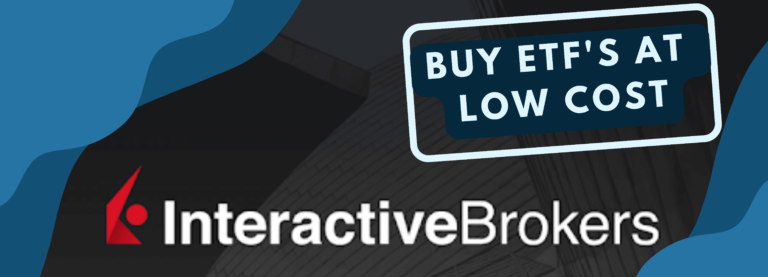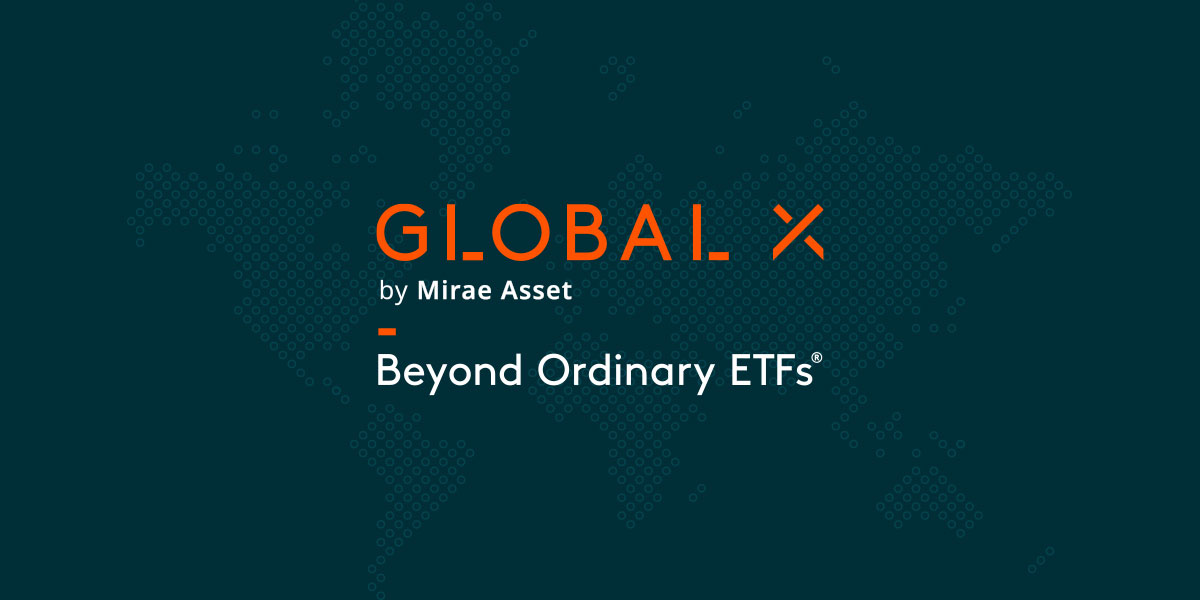The Power of Passive Investing: How to Achieve Financial Freedom
Passive investing is a strategy that aims to maximize returns and minimize risk by following a set of pre-determined rules and investing in a diversified portfolio of assets. This approach is in contrast to active investing, which involves making individual stock picks and trying to beat the market.
Passive investing has become increasingly popular in recent years as more and more investors have come to realize its benefits. In this blog post, we’ll take a closer look at the power of passive investing, including the pros and cons of this approach, and how it can help you achieve financial freedom.
What is passive investing and how it works?
Passive investing is a strategy that involves investing in a diversified portfolio of assets, such as index funds or exchange-traded funds (ETFs), with the goal of earning returns that match the broader market. The key principle behind passive investing is that it’s difficult for investors to consistently beat the market, so instead of trying to do so, passive investors aim to simply match the market’s returns.
One of the most popular ways to pursue a passive investing strategy is through index funds, which are low-cost funds that track a specific market index, such as the S&P 500. By investing in an index fund, investors can gain exposure to the entire market, rather than trying to pick individual stocks.
Another way is through ETFs, which are similar to index funds but they trade like individual stocks on the stock exchange.
Pros and cons of passive investing:
Passive investing has several advantages over active investing, including:
• Lower costs: Passive investments such as index funds and ETFs have lower expenses than actively managed funds, which can help investors keep more of their returns.
• Diversification: Passive investments provide exposure to a wide range of stocks or bonds, which can help to minimize risk.
• Predictable returns: Passive investments are designed to match the returns of the broader market, which can make it easier for investors to predict their future returns.
However, passive investing also has some disadvantages:
• No chance of outperforming the market: Passive investors will not outperform the market in the short term.
• Less control over the portfolio: Passive investors don’t have the ability to pick and choose individual stocks, which can limit their control over their portfolio.
• Lack of flexibility: Passive investments are typically designed to track a specific index, which can limit the flexibility of the portfolio.
How passive investing can help you achieve financial freedom:
Passive investing can be a powerful tool for achieving financial freedom because it allows investors to earn returns that match the broader market with minimal risk. By investing in a diversified portfolio of index funds or ETFs, investors can gain exposure to a wide range of stocks or bonds, which can help to minimize risk. And by keeping costs low and avoiding the temptation to try to beat the market, investors can maximize their returns over time. Additionally, by investing regularly and holding the investment for a long time, the power of compounding can work in the investors’ favor, which can help them to achieve their financial goals.
In conclusion, passive investing is a powerful strategy that can help investors achieve financial freedom over time. By investing in a diversified portfolio of low-cost index funds or ETFs, investors can earn returns that match the broader market, minimize risk, and keep costs low.







